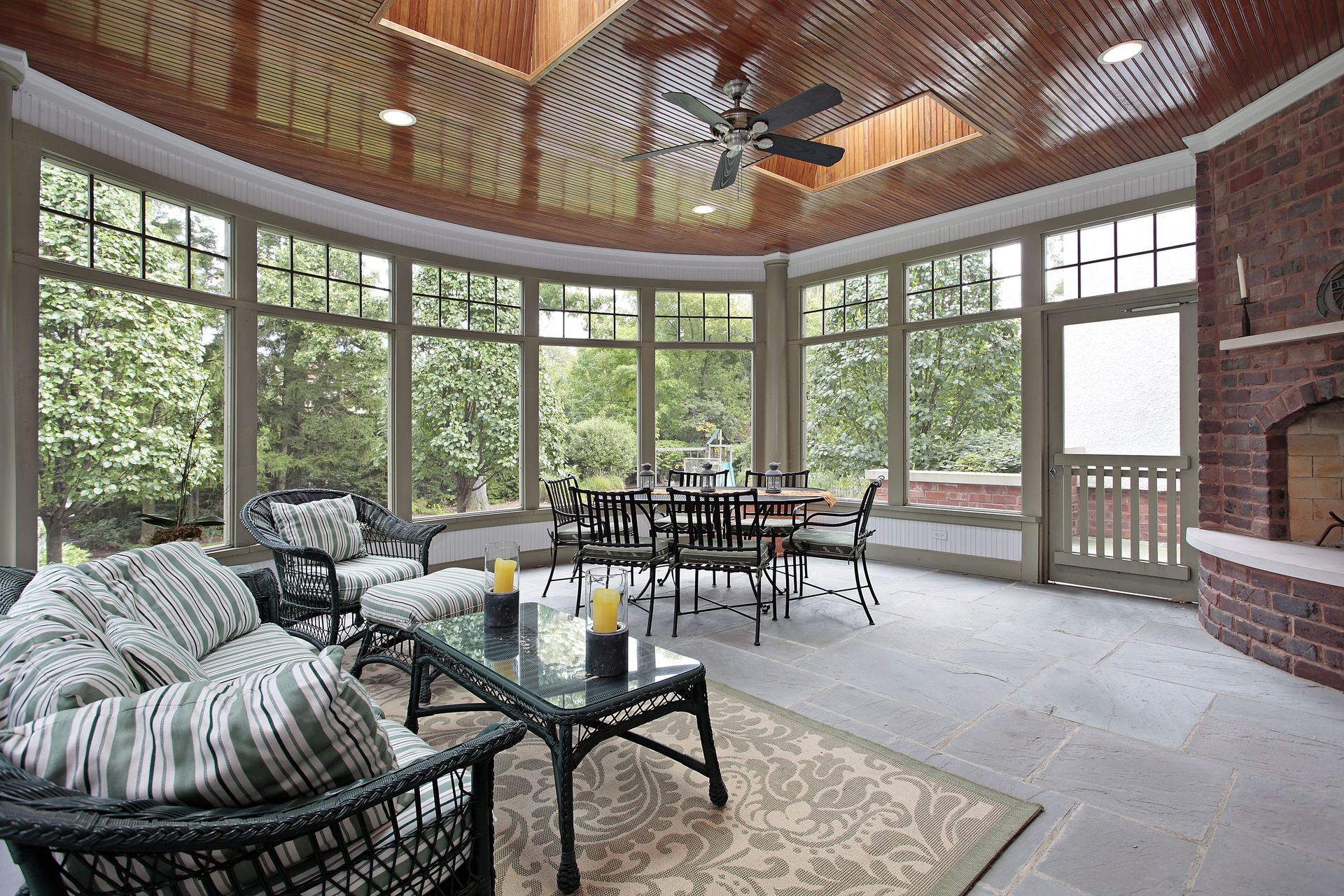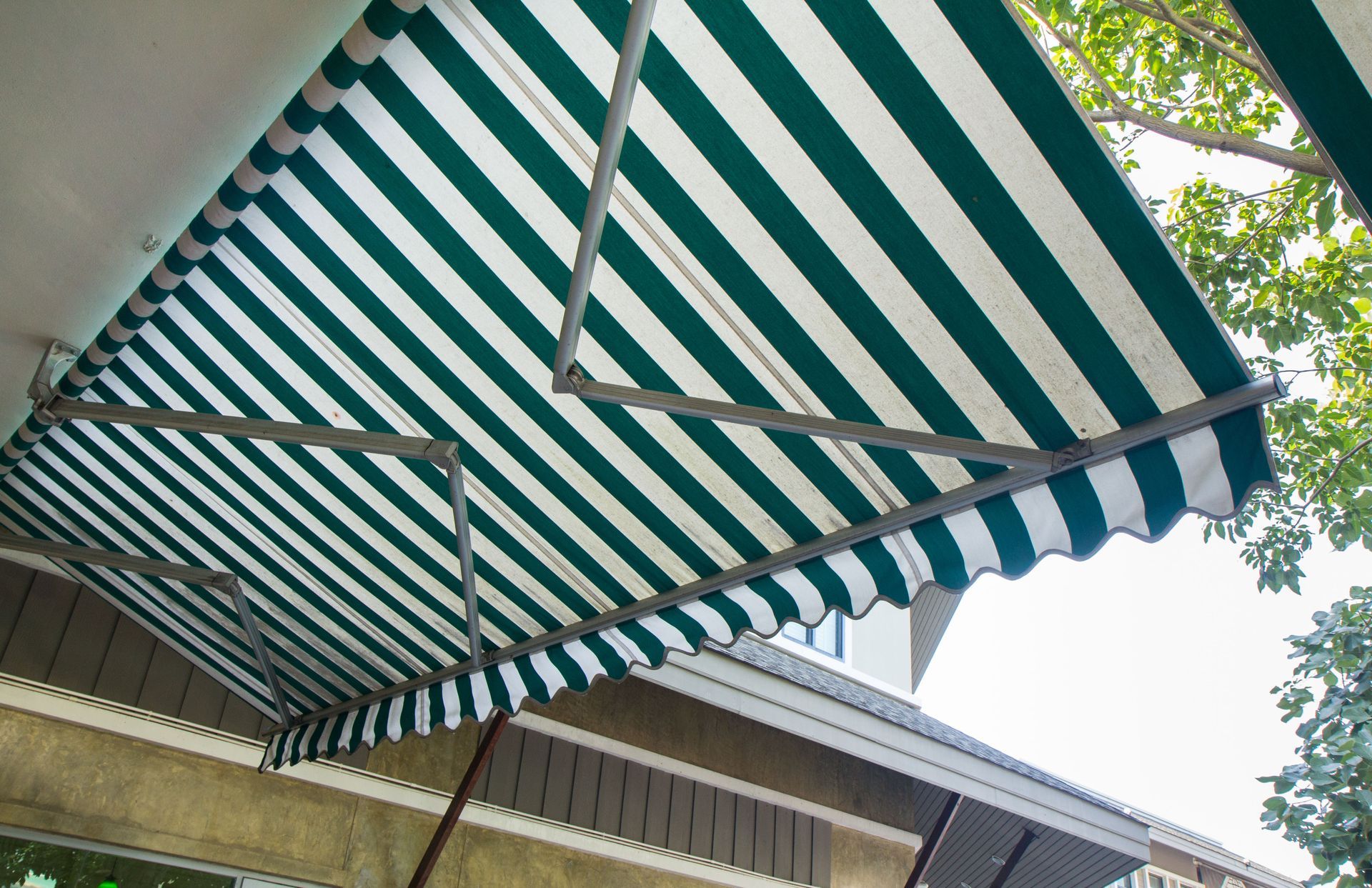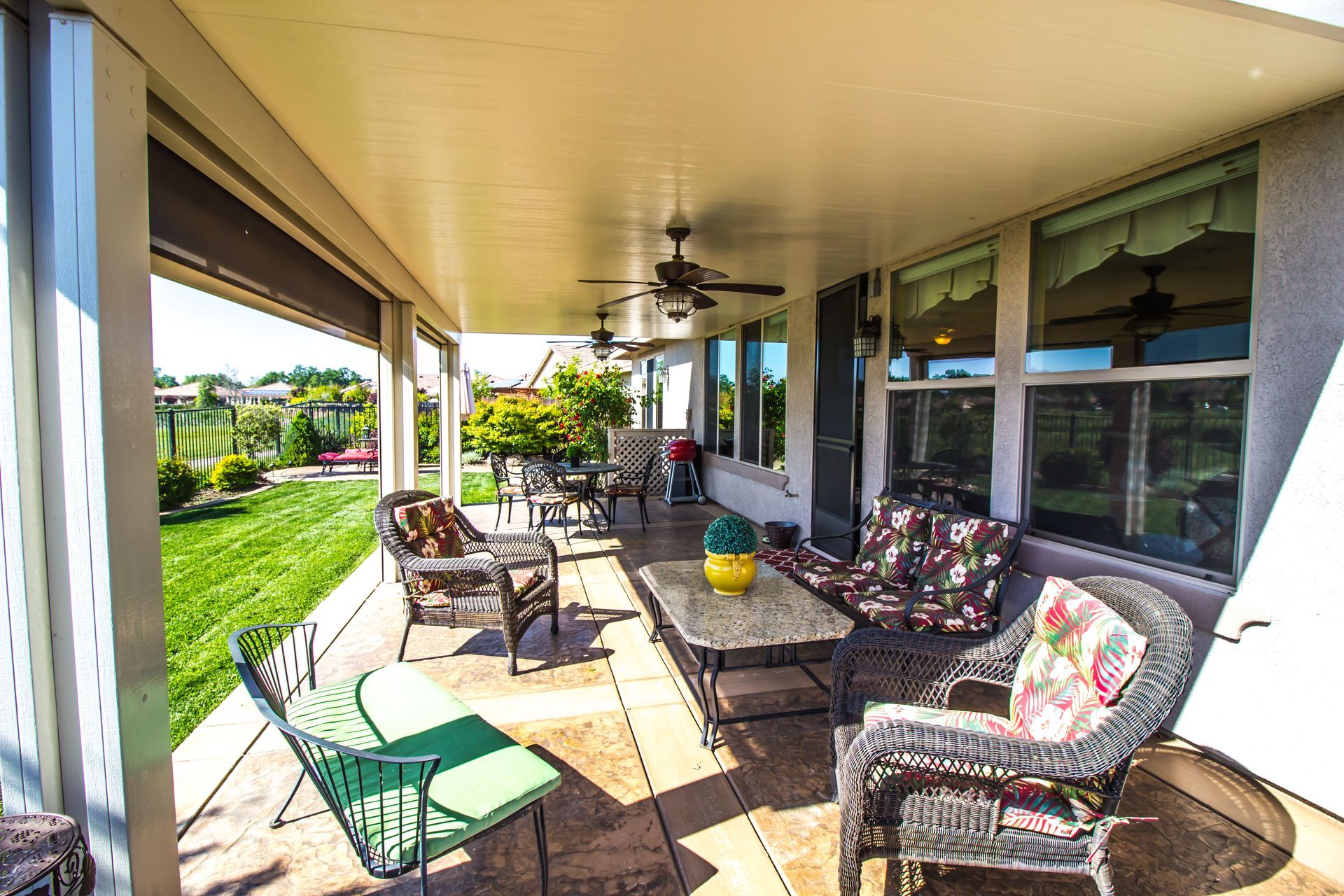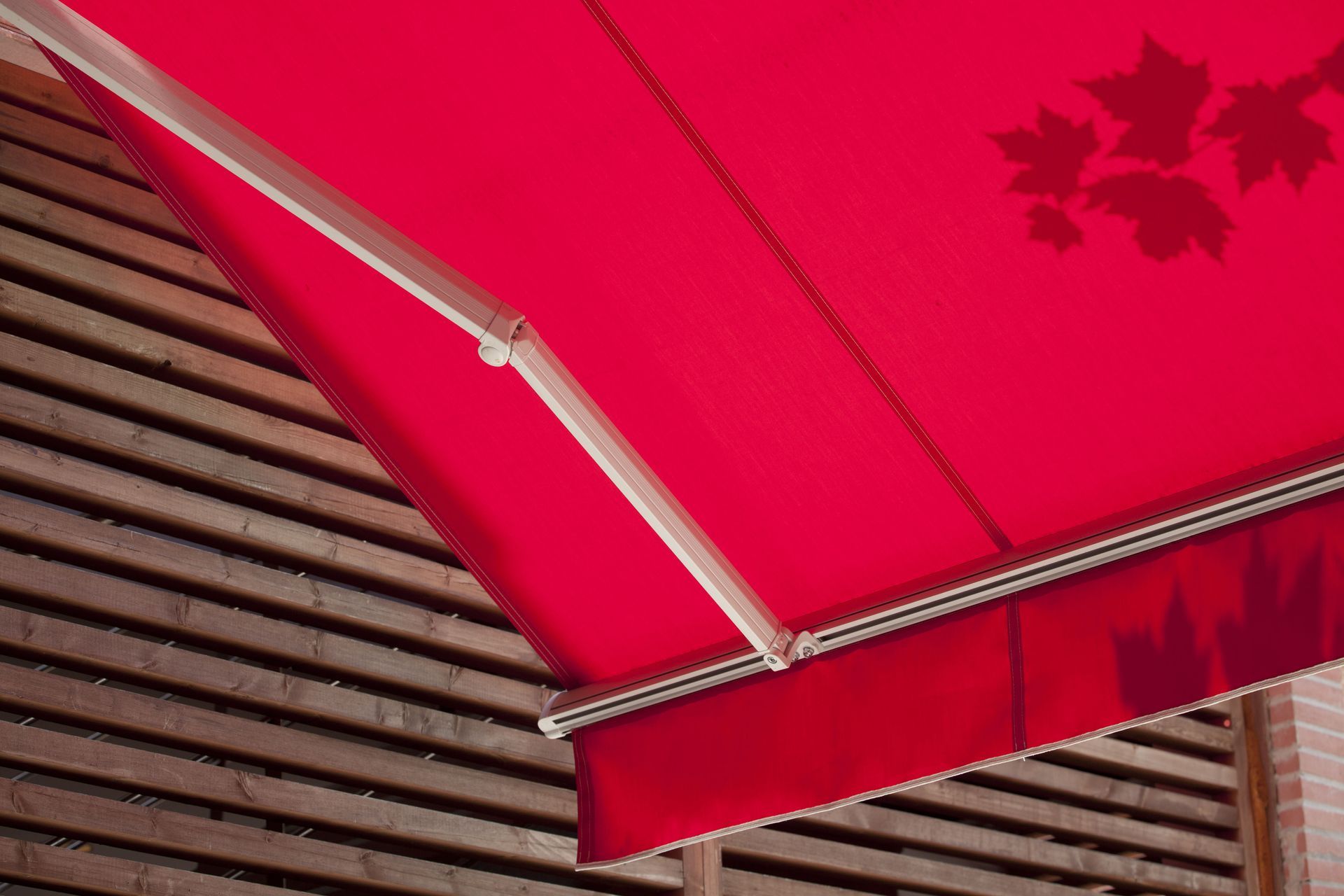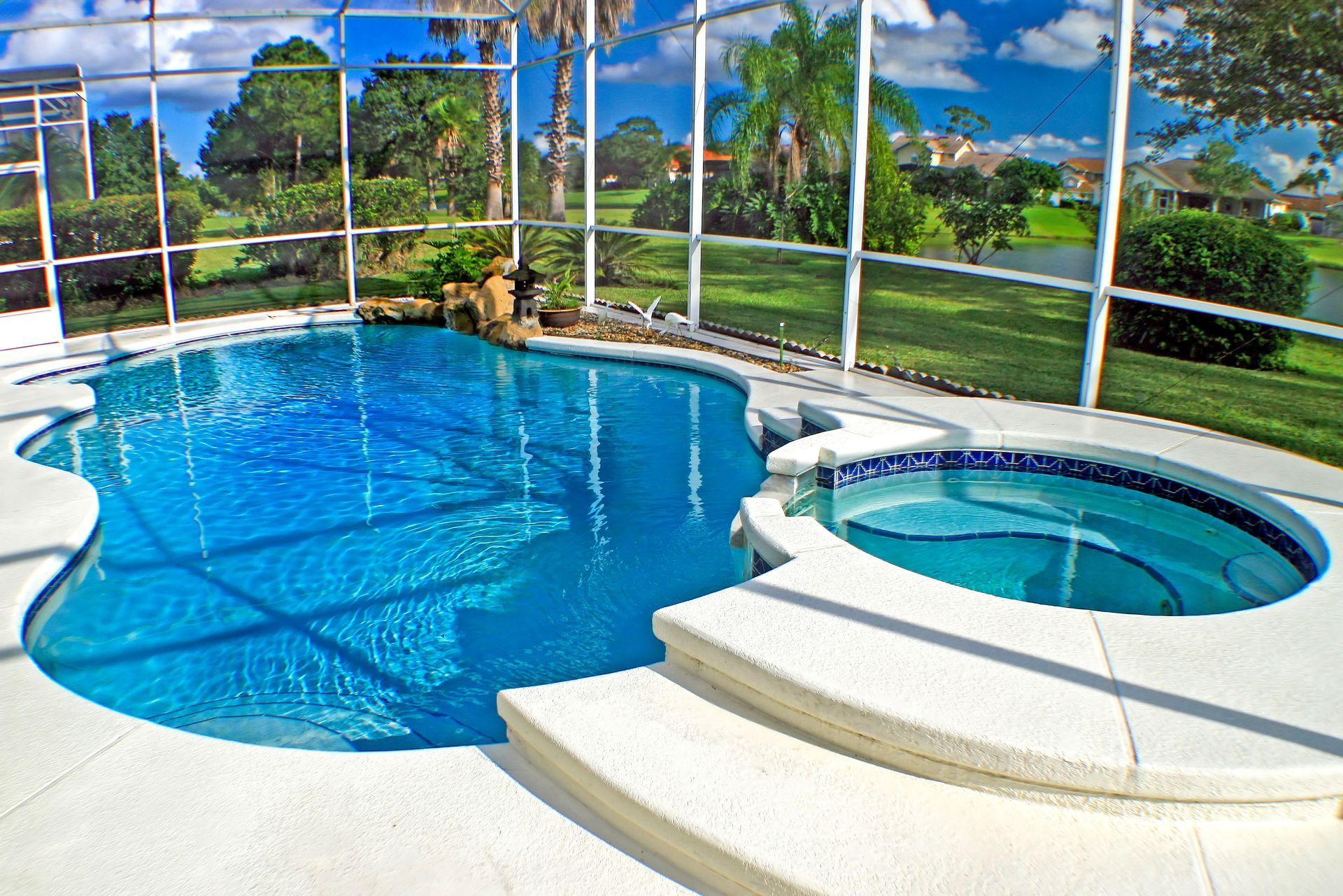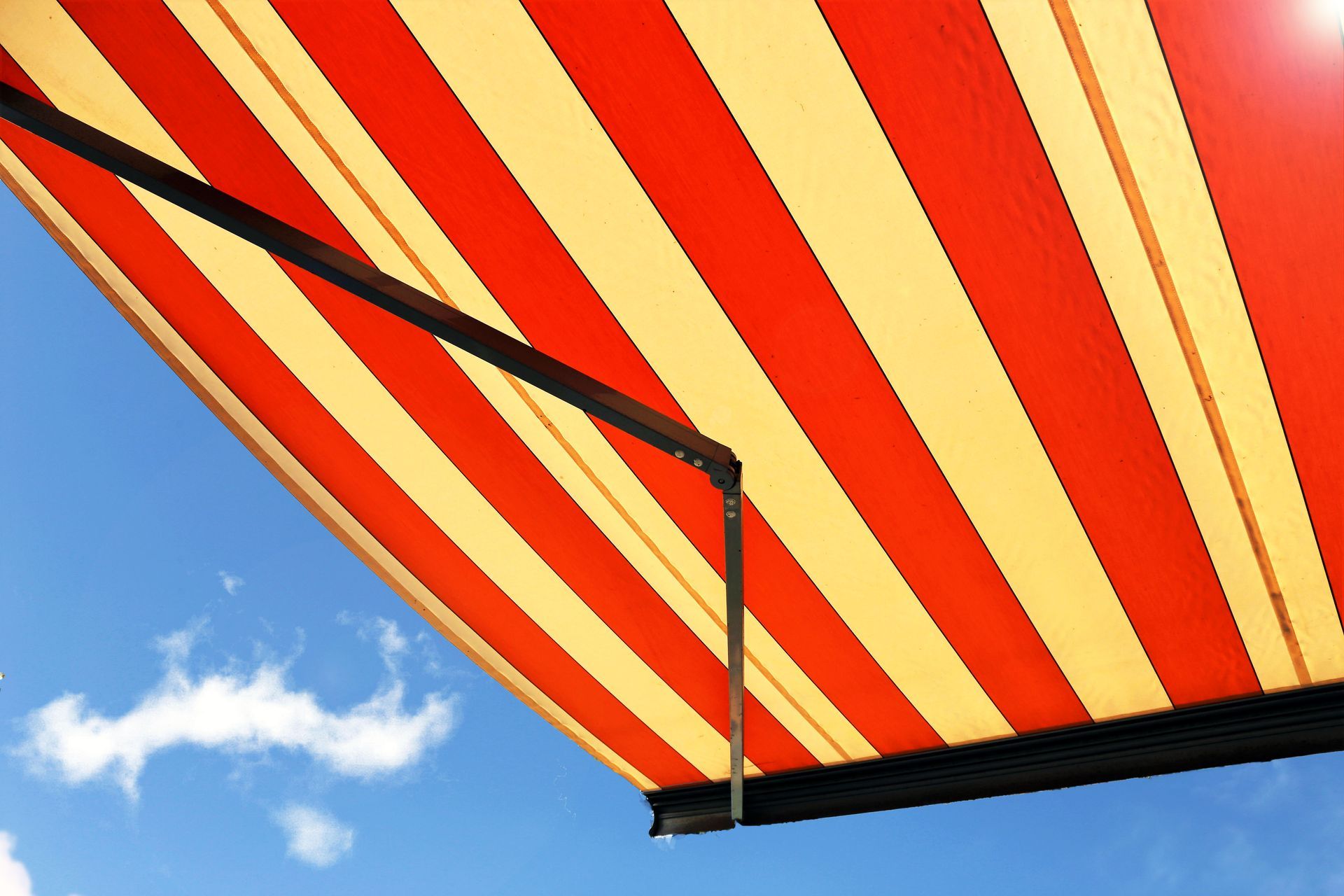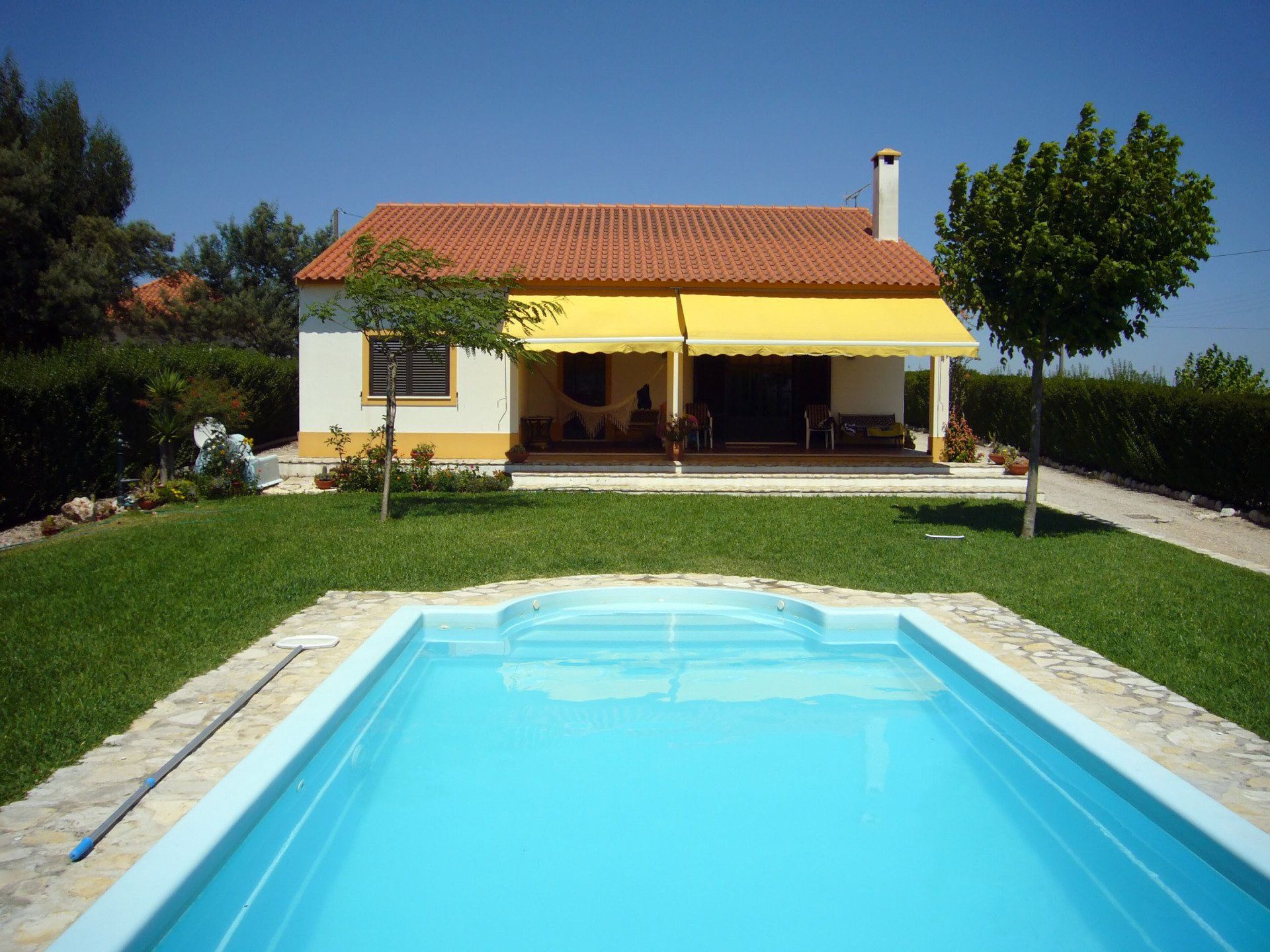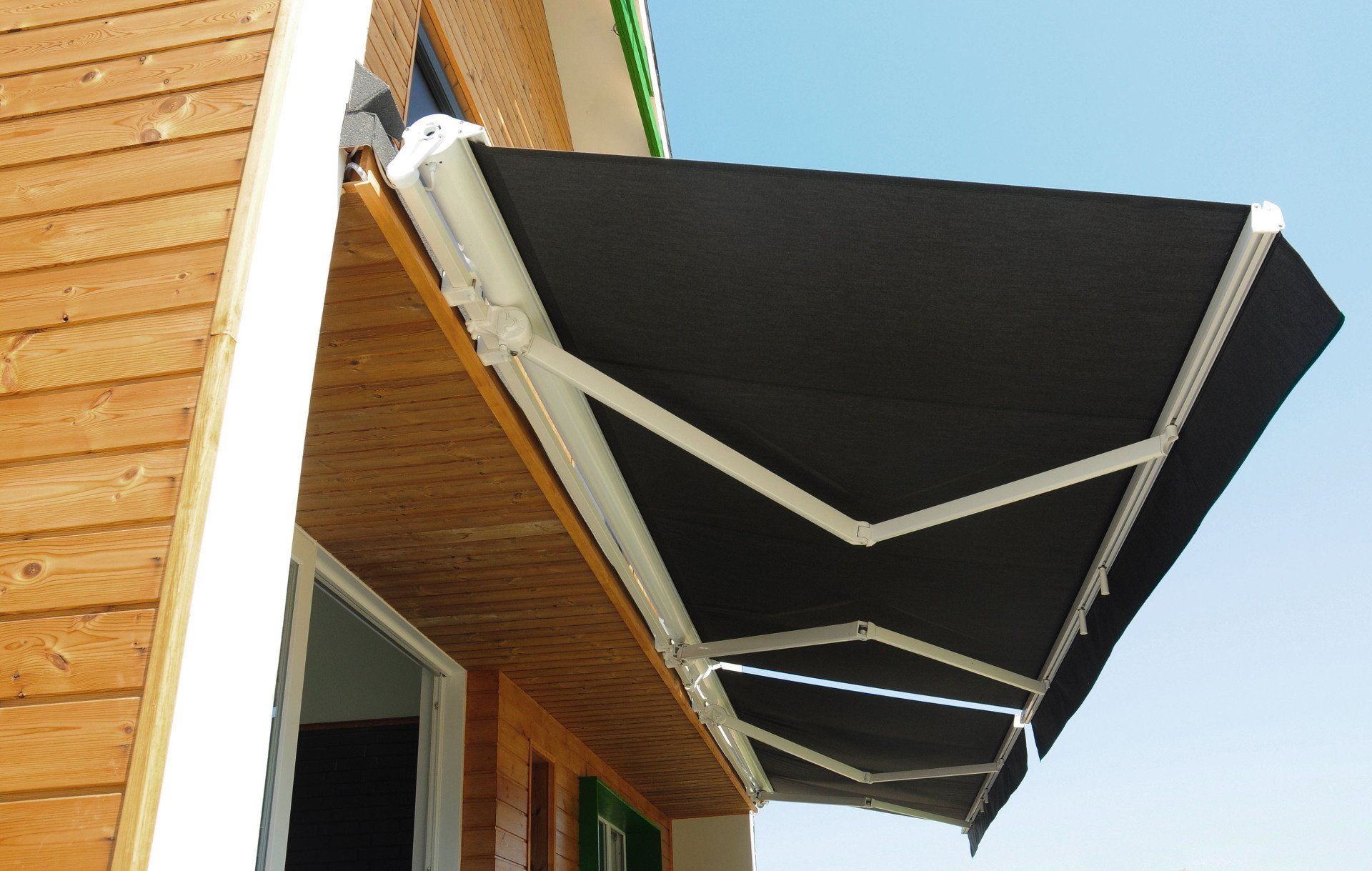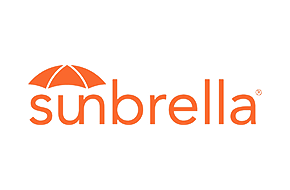SERVING
- Melbourne, FL
- Vero Beach, FL
- The Villages, FL
- Kissimmee, FL
And Surrounding Areas
Should You Get a Fixed or Retractable Awning?
Choosing between fixed and retractable residential awnings can significantly impact both the aesthetics and functionality of your outdoor space. Each type of awning offers unique benefits and potential drawbacks, affecting not only the appearance of your home but also its energy efficiency and usability. Before making a decision, it's essential to explore various factors such as cost, maintenance, flexibility, and durability to determine which option better suits your lifestyle and budget. Additionally, consider the local climate and how often you plan to use your outdoor space, as these elements can influence the longevity and practicality of your chosen awning. This article will dive into the considerations that go into choosing the best residential awning for your home and your personal needs.
The Cost Perspective
Cost is a crucial factor when deciding between fixed or retractable residential awnings. Fixed awnings tend to be cheaper up-front because they are usually composed of more straightforward mechanisms and robust materials that don't require complex engineering. On the other hand, retractable awnings are more expensive. According to Bob Vila, an online home improvement resource, the national average cost for a retractable awning is $3,100. This is primarily because retractable residential awnings include more intricate components, such as motors and electrical connections, which escalate the overall expenditure but offer greater flexibility.
Flexibility and Convenience
One key advantage of retractable awnings is the flexibility they offer. They allow homeowners to extend or retract the canopy as needed, providing shade during hot afternoons and opening up the area when weather conditions are more temperate. This convenience is excellent for those who enjoy adjusting their outdoor spaces depending on the season or time of day. In contrast, fixed awnings offer no such variability, which could be seen as a limitation for those wishing to have greater control over their outdoor environment.
Durability and Maintenance
Durability is another vital consideration when choosing an awning. Fixed awnings are usually constructed with sturdy materials, making them more resistant to harsh weather conditions over time. They typically require less frequent maintenance since they are designed to withstand elements such as wind and rain without complex moving parts. Conversely, retractable residential awnings need regular maintenance to ensure that their mechanical components continue to operate smoothly and remain protected from possible damage, which can add to the long-term cost and upkeep responsibilities.
Aesthetic and Design Considerations
From an aesthetic standpoint, both fixed and retractable awnings offer distinct perks. Fixed awnings can serve as a permanent architectural addition to your home, potentially enhancing its curb appeal with a wide range of fabrics and design options. They can also provide continuous shade for patios or windows, contributing to a consistent appearance across seasons. Retractable residential awnings, however, offer the advantage of changing the look and feel of your outdoor area on a whim, which can be appealing to those who enjoy switching up their exterior home decor. This adaptability in style could have substantial visual benefits for homeowners wanting more dynamic aesthetics.
Energy Efficiency
Fixed and retractable awnings can both contribute to increased energy efficiency in your home, helping to reduce cooling costs during warmer months. By blocking sunlight from directly entering your living spaces, awnings can prevent excessive heat build-up indoors. Although fixed awnings provide a permanent solution, retractable awnings give homeowners the choice to fold them in during cooler months when solar heat gain might be beneficial. Each type thus offers different advantages concerning energy efficiency that could affect monthly utility bills differently throughout the year.
Deciding between fixed or retractable residential awnings ultimately comes down to your individual needs, budgetary constraints, and style preferences. If you prioritize flexibility and the ability to modify shade coverage, a retractable awning might be worth the initial higher investment. However, if a lower initial cost and reduced maintenance requirements are more appealing, a fixed awning could be the better option. Both types have their respective benefits and limitations, so careful consideration of these factors will ensure that you make the best choice for enhancing your outdoor space. Sunshades Awning Company, Inc is equipped with the knowledge and expertise to help you decide what type of residential awning is best for your home. Reach out to our team today to request a quote and get started with the selection process!
VISIT US
SERVICE AREA
- Melbourne, FL
- Vero Beach, FL
- The Villages, FL
- Kissimmee, FL
And Surrounding Areas
HOURS
HOURS
CONTACT US
- Main: (407) 935-9115

